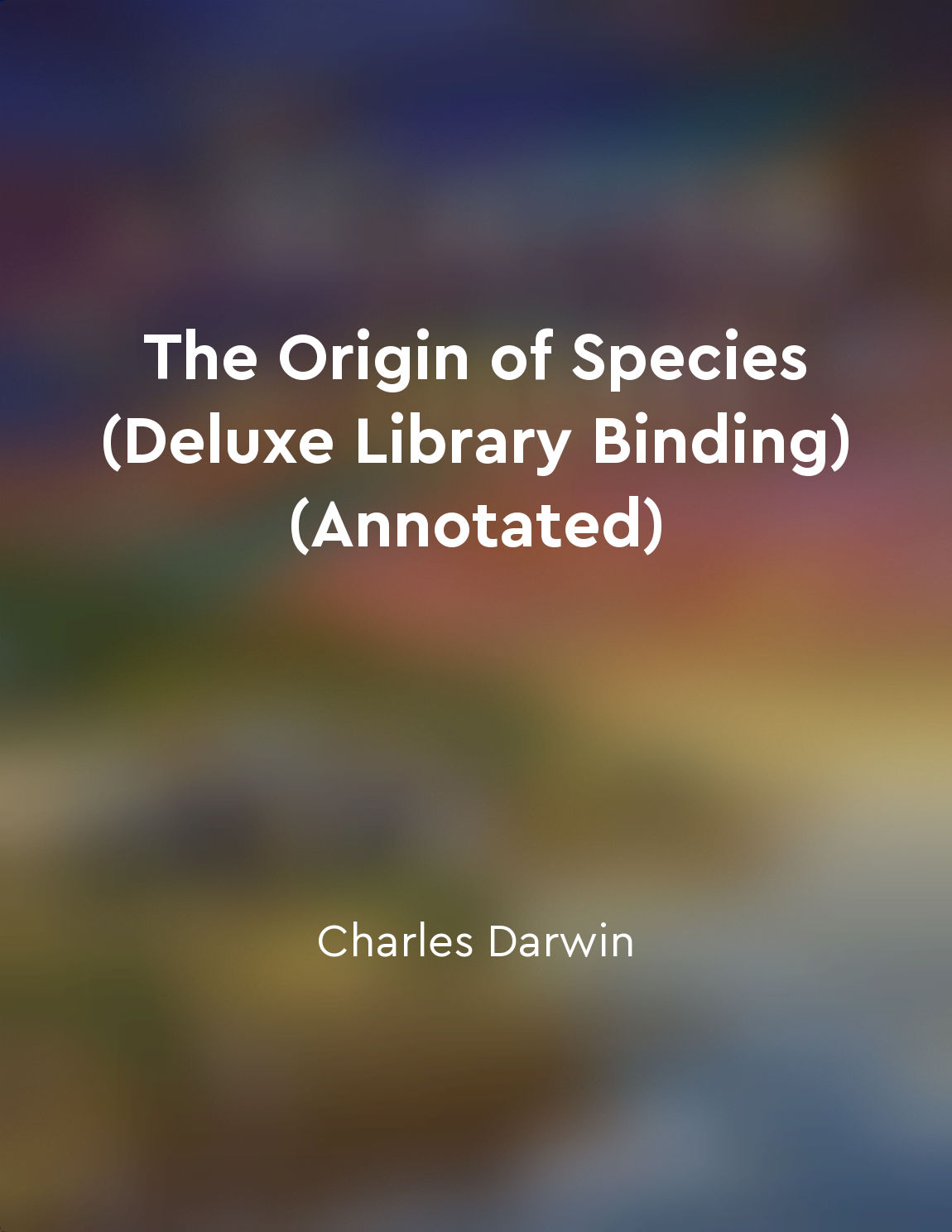Audio available in app
DNA molecules resemble serpents from "summary" of The Cosmic Serpent by Jeremy Narby
The idea that DNA molecules resemble serpents may sound far-fetched at first, but upon closer examination, the similarities become apparent. Both DNA molecules and serpents have a long, coiled structure that twists and turns in intricate patterns. The double helix shape of DNA is reminiscent of a serpent coiled upon itself, ready to strike. Furthermore, both DNA molecules and serpents are essential for life. DNA contains the genetic information that determines the traits of living organisms, while serpents have long been symbols of regeneration and transformation in many cultures. Just as DNA is the building block of life on Earth, serpents are often seen as powerful symbols of life and rebirth. In addition to their physical similarities, DNA molecules and serpents are both shrouded in mystery and symbolism. DNA, with its complex code and seemingly infinite possibilities, has long fascinated scientists and laypeople alike. Similarly, serpents have been revered and feared throughout history for their mysterious nature and potent symbolism. The comparison between DNA molecules and serpents also raises questions about the origins of life and the interconnectedness of all living beings. Just as serpents are often seen as intermediaries between the earthly and the divine, DNA molecules serve as a bridge between different species and generations, carrying genetic information from one to the next. By likening DNA molecules to serpents, we are invited to see the natural world in a new light, to recognize the beauty and complexity of life at a molecular level. This comparison challenges us to think beyond our traditional boundaries and consider the deep connections that exist between all living things. It is a reminder that the mysteries of life are vast and wondrous, waiting to be explored and understood.Similar Posts

Hybridization can lead to speciation
Hybridization, the interbreeding of different species, can sometimes result in the formation of a new species. When two differe...
Parasitism, mutualism, and commensalism are types of symbiotic relationships
In nature, organisms often interact with each other in various ways. These interactions can be classified into different types ...
Evolution shapes the diversity of life
Evolution is the force that drives the diversity of life on Earth. It is the process through which new species emerge, existing...
Reproduction is essential for the continuity of life
Reproduction plays a crucial role in ensuring the continuation of life on Earth. It is a fundamental process through which livi...
Transitional forms show gradual change over time
Imagine walking through a museum, observing the displays of various species throughout history. As you move from one exhibit to...
Complexity can emerge from simple rules
The idea that complexity can emerge from simple rules is a central concept in evolutionary theory. It suggests that the intrica...
Genetic information is central to life
The fundamental idea that genetic information is central to life lies at the heart of our understanding of biology. It is throu...
Life and death are intertwined in the fabric of nature
Life and death are not separate entities in nature; rather, they are deeply intertwined, forming a complex and interconnected w...
